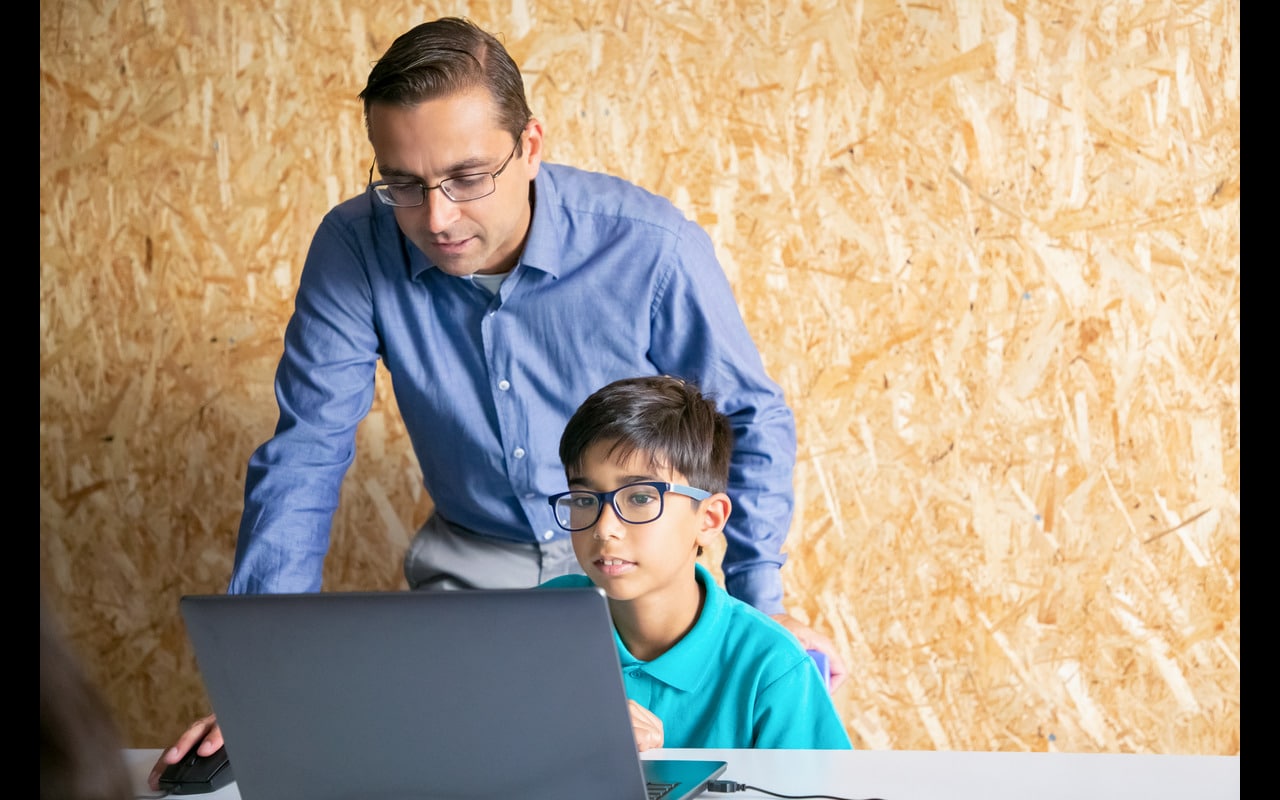Today, in classrooms, it is easy to find digital learning tools which contribute to student engagement and help teachers improve the lesson plans and create customized learning opportunities. The growing technology includes virtual classrooms, augmented reality and virtual reality, and robots which make classrooms lively, creating an inclusive learning environment and enhancing collaboration, interest and student performance.
This means technology has now turned into an important tool in education that supports and satisfies student requirements. Let’s discuss how technology is reflected in today’s education.
Advantages of incorporating technology in education:
- Increased collaboration and communication: Collaboration may be encouraged through educational technologies. During lessons, teachers can interact with students who can also speak with one another. Using virtual classes and educational games, students collaborate to resolve issues. Students can encourage one another and exchange concepts and ideas when working in groups. If they discover it challenging to understand about the classroom and guidance with the concepts is possible with the technology.
- Interactive experience in learning and teaching: Students may now actively and successfully learn, something they should have been able to do for a long time due to the development of smartphones, tablets, and laptops. With the apps, videos, simulations, and digital books that make learning considerably more exciting, students can now approach a subject or teaching unit with interest. Giving students the chance to learn more about a subject that interests them may help them identify their hobbies, skills, and possibly even their future careers.
- Personalized learning opportunities: Hybrid learning models integrate frequent personal classroom sessions with the ability to utilize technology from any location. It is feasible to employ technology in both situations that create customized lesson plans for every student. Based on the interests and strengths of their students, teachers might design classes.
- Access to a variety of sources: Even approaching learning with greater passion and productivity than their parents could have imagined, students now have access to the most recent themes and research. They can obtain information that can provide them with more insight into the topics they are studying at school with only a few clicks and well-defined searches, rather than having to drag a stack of books from the library.
- Digital literacy skills: In technological courses, students lack the kind of skills required in today’s business sector. Students are given the chance to stay up to date with current learning trends and develop the technological and digital abilities that employers greatly value in the twenty-first century by having technology integrated into their education. Students who lack access to contemporary technology benefit most from this type of direction, which may also help close the social divide between those who are digitally literate and those who are not.
- Real-time learning: While technology in education has given students more control over their education, it has also given teachers more freedom in providing information to their charges. This approach can only be used in educational institutions that facilitate hybrid, or mixed, learning—that is, learning that combines asynchronous, on-demand lectures with synchronous, real-time instruction. In the same way that personal relationships with teachers enhance a sense of community, students who listen to teachers deliver lessons in real-time can also network with other students.
Challenges of technology in education:
- Given a daily intake of internet usage and video games, children’s brains get used to exciting, intensive, and short-term information that can rapidly boost their dopamine system. Despite the best of intentions, teachers should only utilize technology in the classroom when it is necessary and limit the usage of programs that have no bearing on the actual teaching process.
- The goal of technology is always to speed up and simplify the performance of specific mechanical tasks. The majority of schoolwork has been mechanized, nevertheless, by technology. When they have access to a smartphone calculator and autocorrect software, why would a child still need to learn the fundamentals of algebra and spelling? Thus, what started as a good idea has resulted in a situation where future generations will need technology to do daily mental activities.
- When teenagers engage with their parents, teachers, and students, the rate of teenagers diagnosed with depression has been rising, and it currently stands at an unbelievable 20%. Teachers and schools can only hope to address this issue by encouraging youth to contact others in person.
Conclusion:
With the implementation of these technological changes in the educational system, different people have varying viewpoints, particularly if they happen so quickly and unexpectedly. Still, one should exercise realism because the benefits still greatly exceed the drawbacks. However, it depends on the management to assess the drawbacks. Thus, the best CBSE School in Kovaipudhur or any other board school in recent times has improved their quality of teaching with the implementation of both physical and virtual classrooms.

